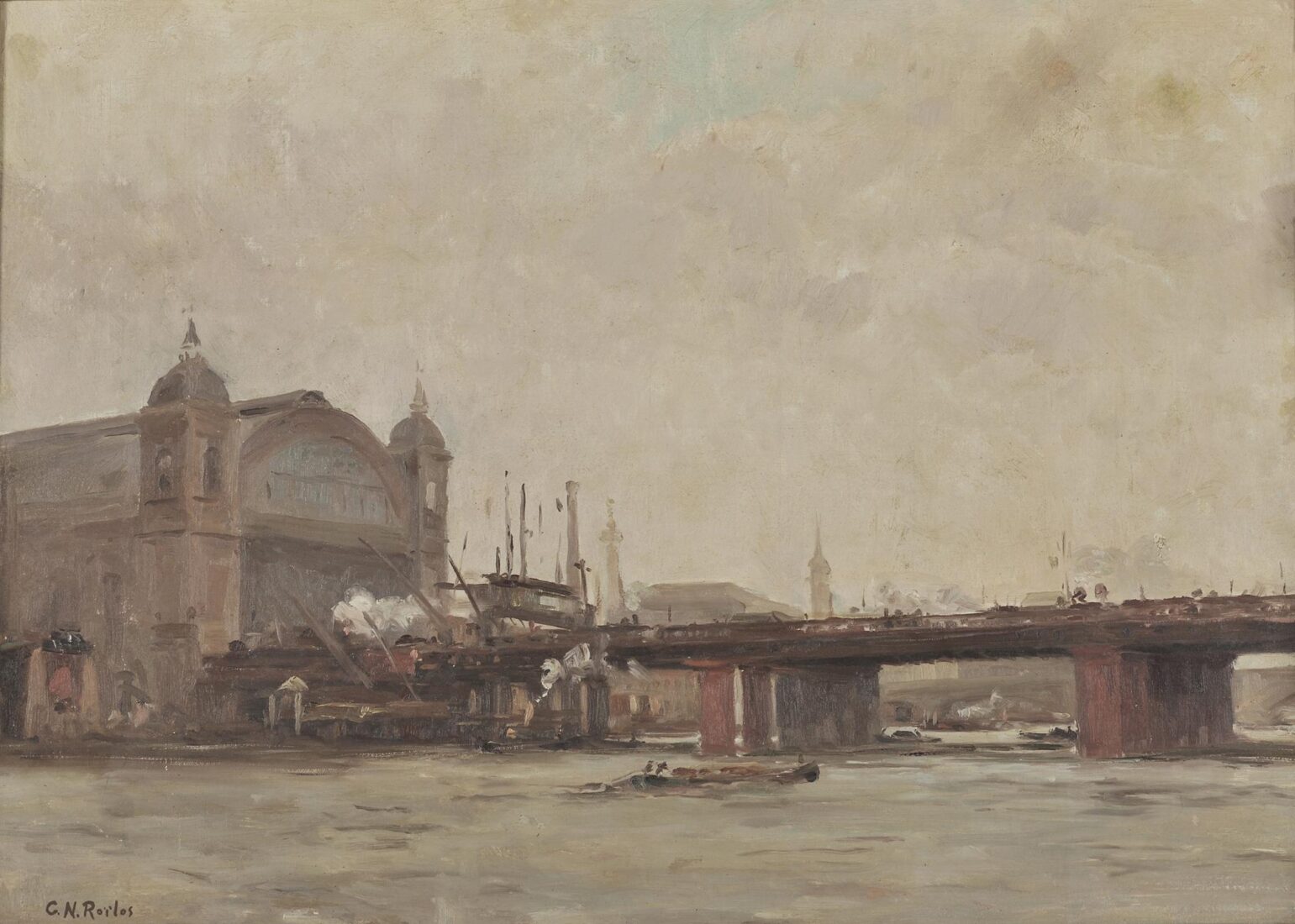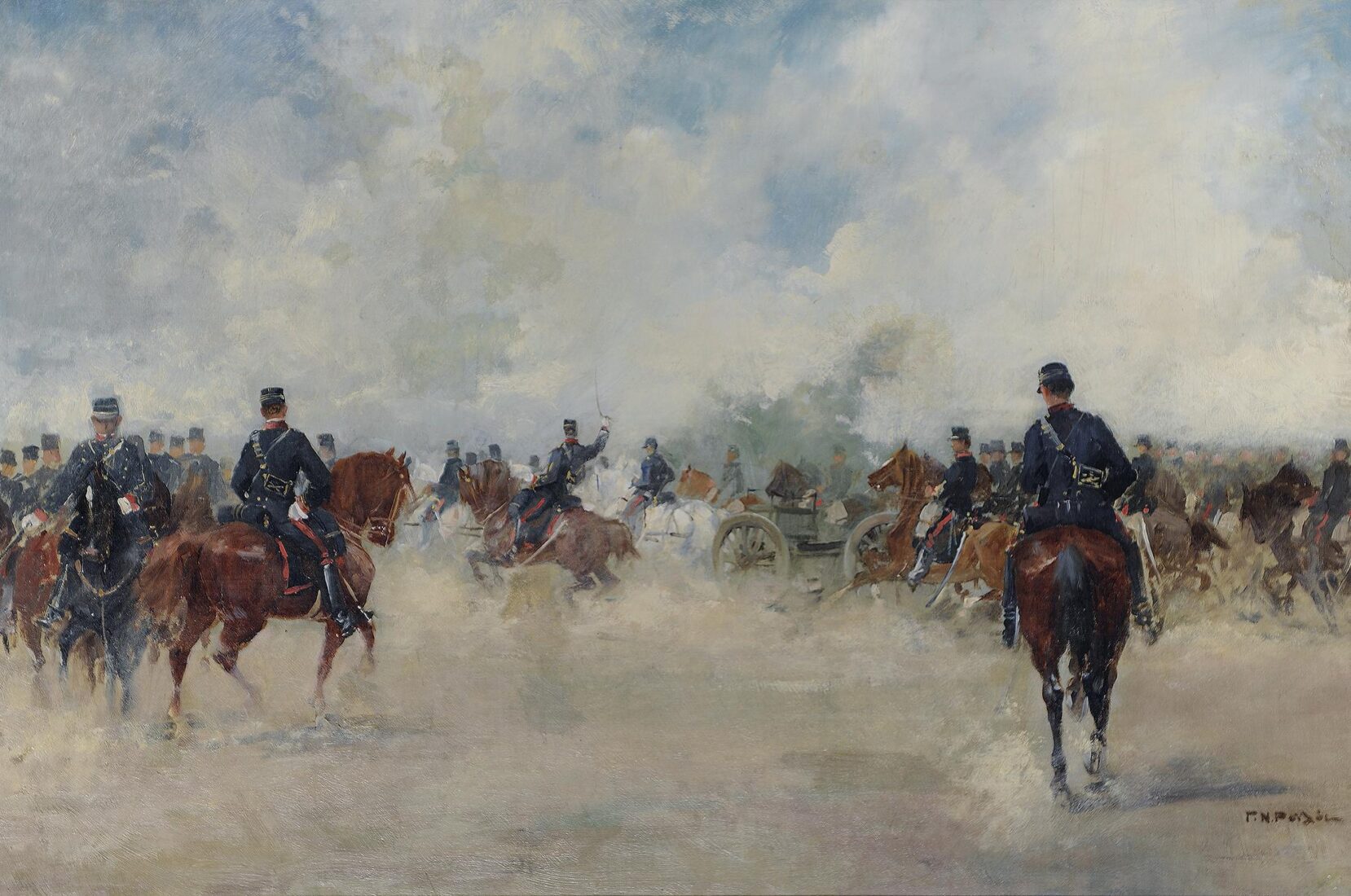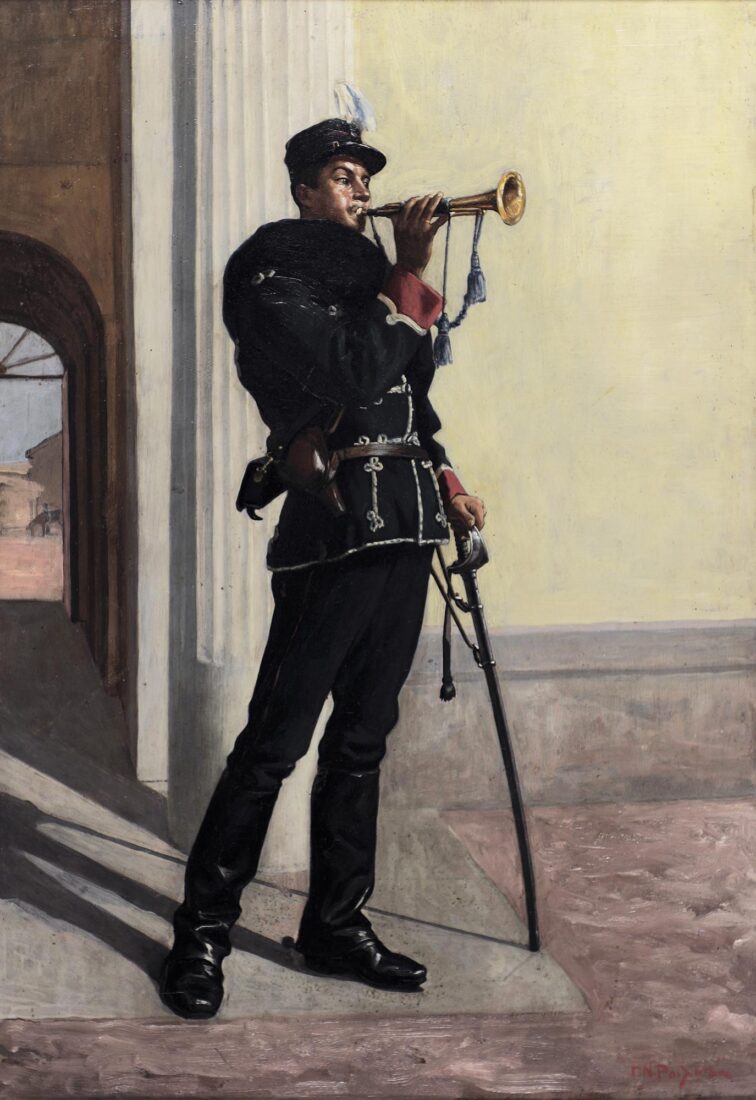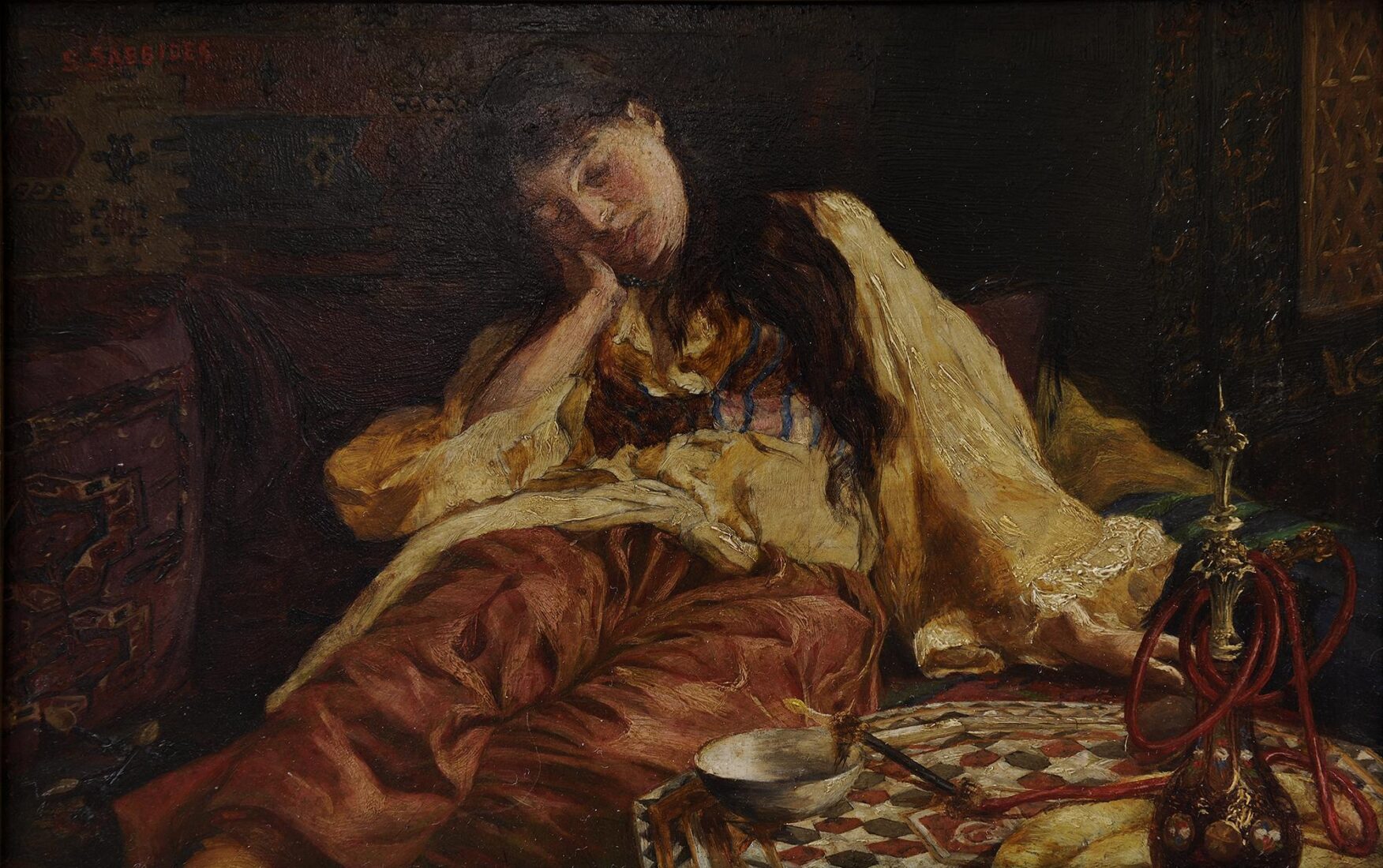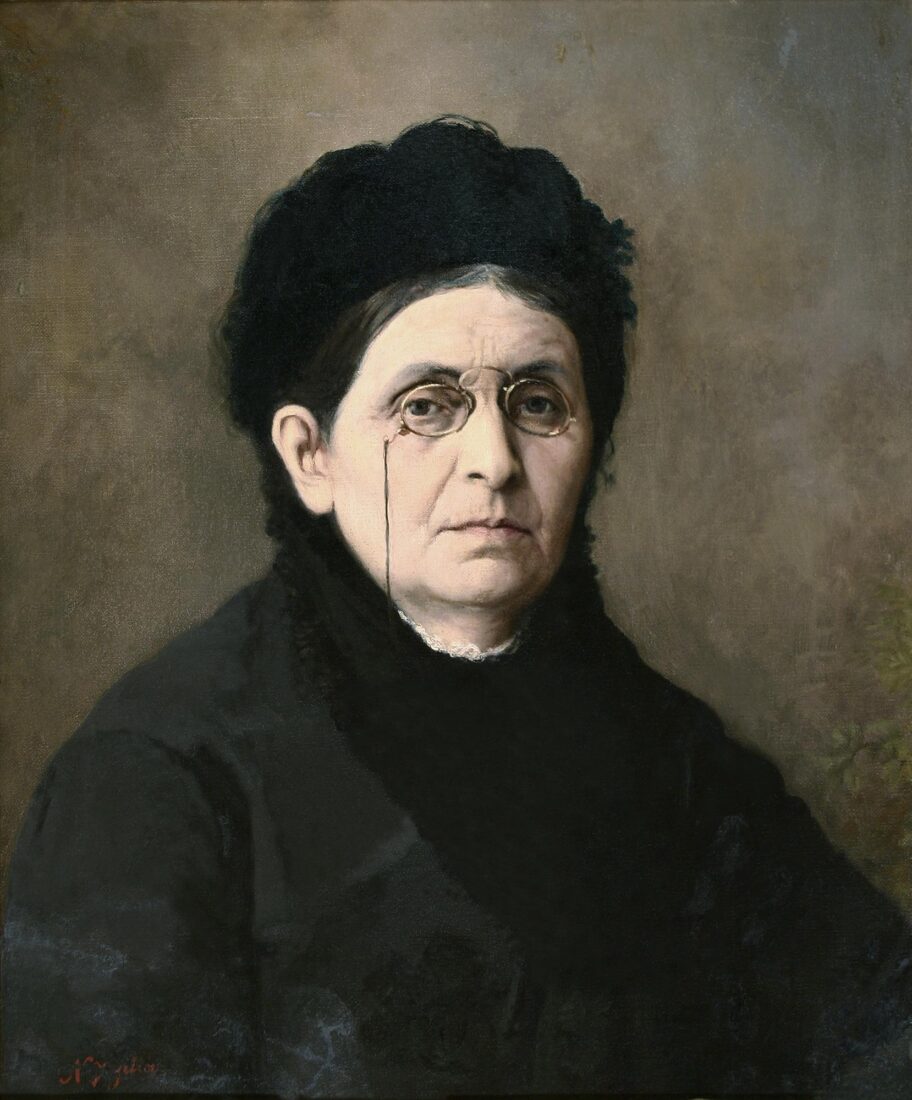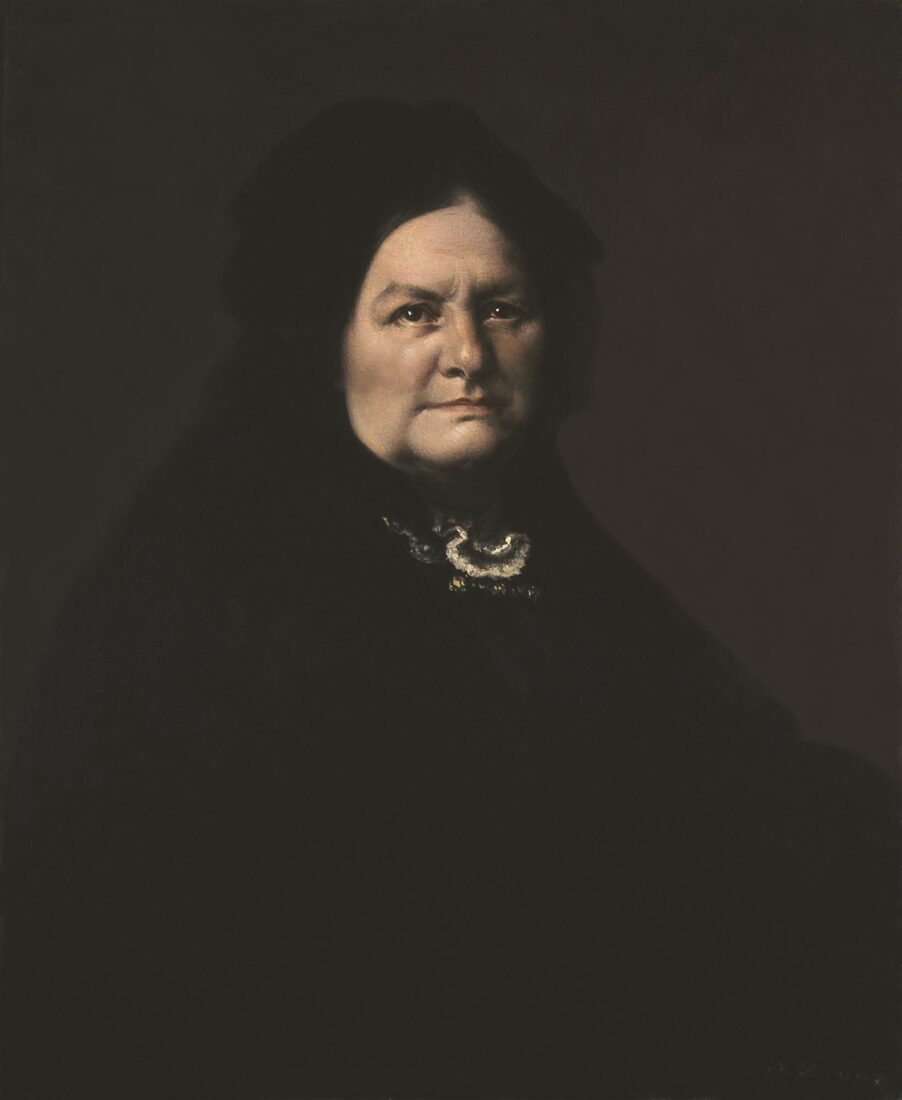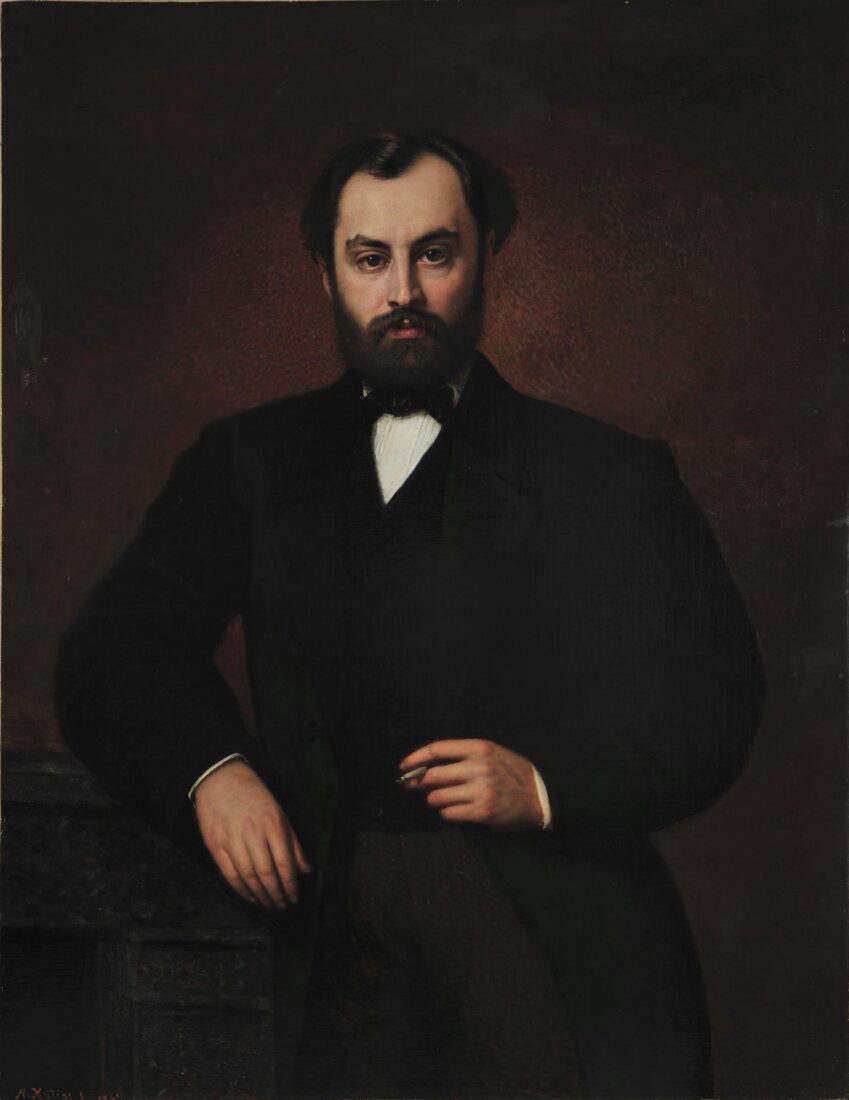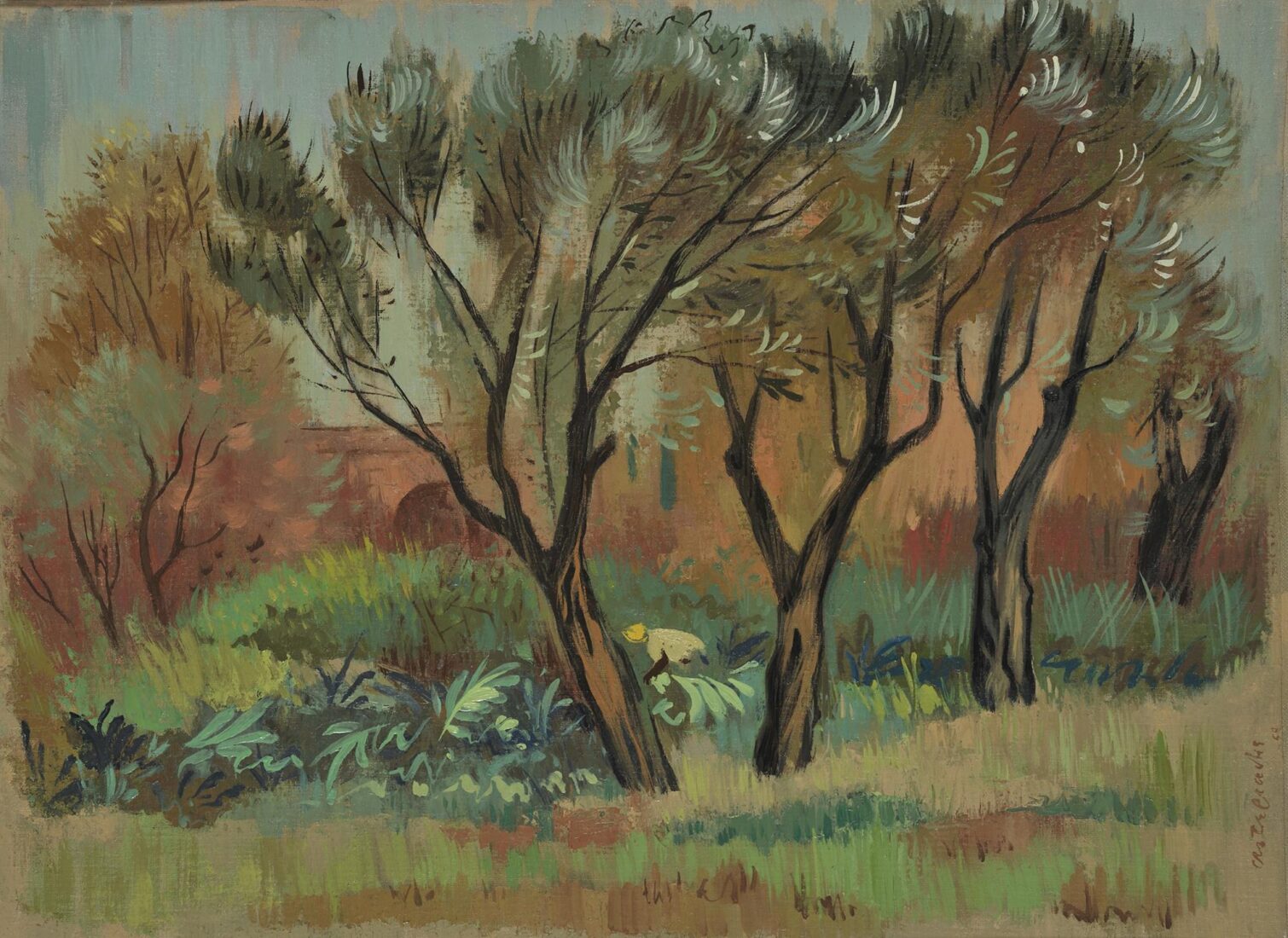

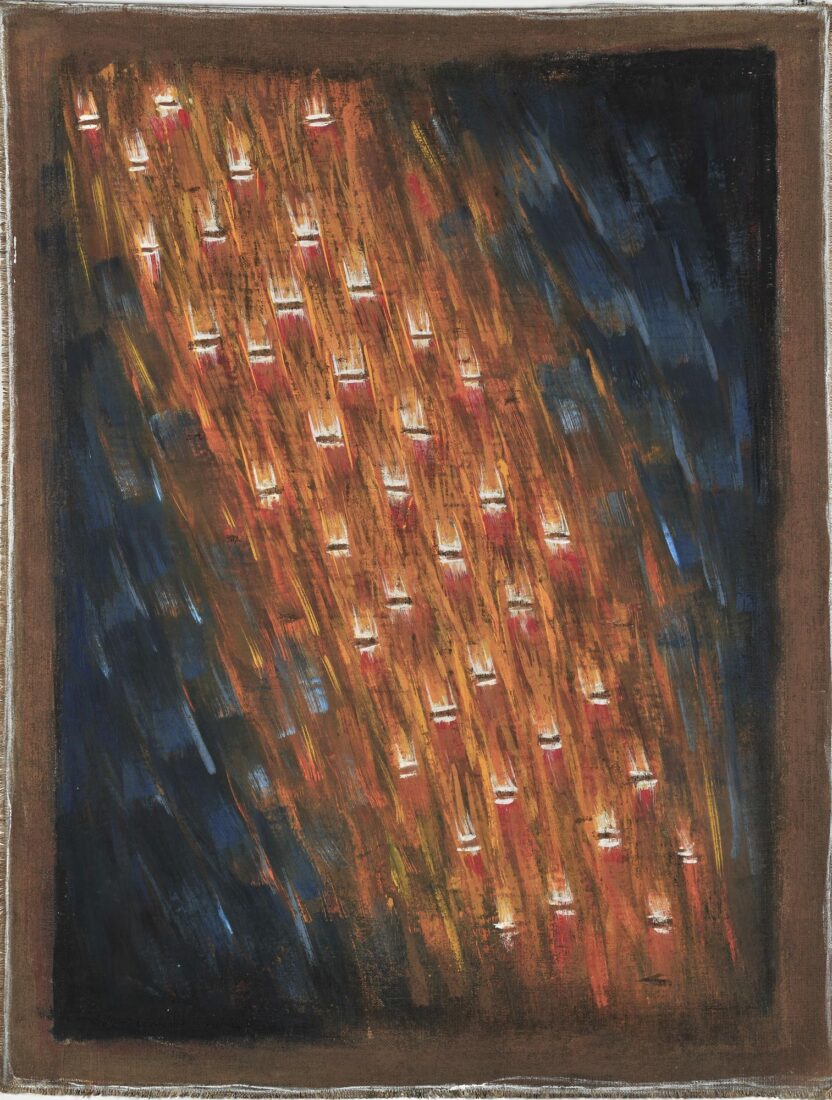
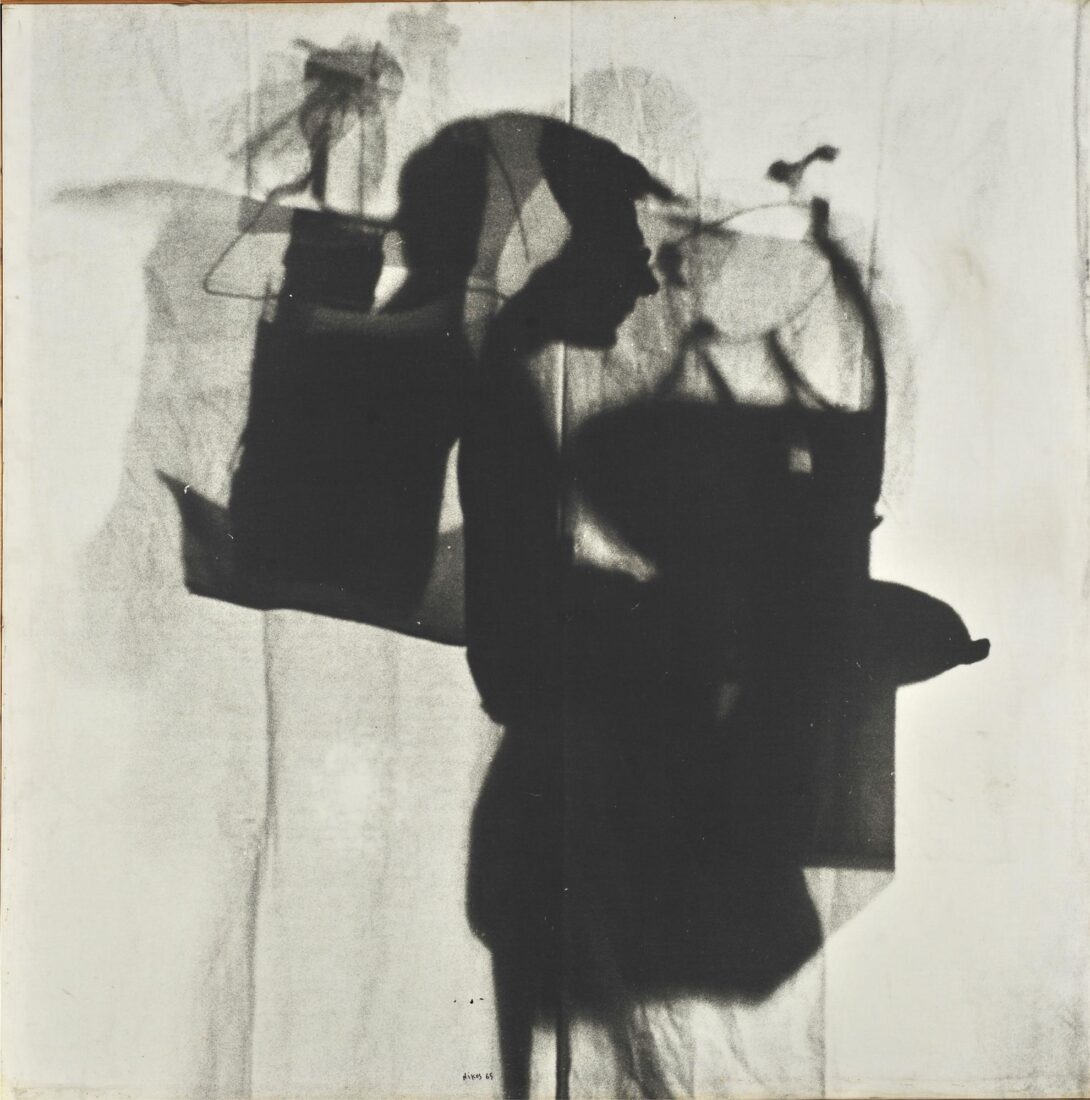
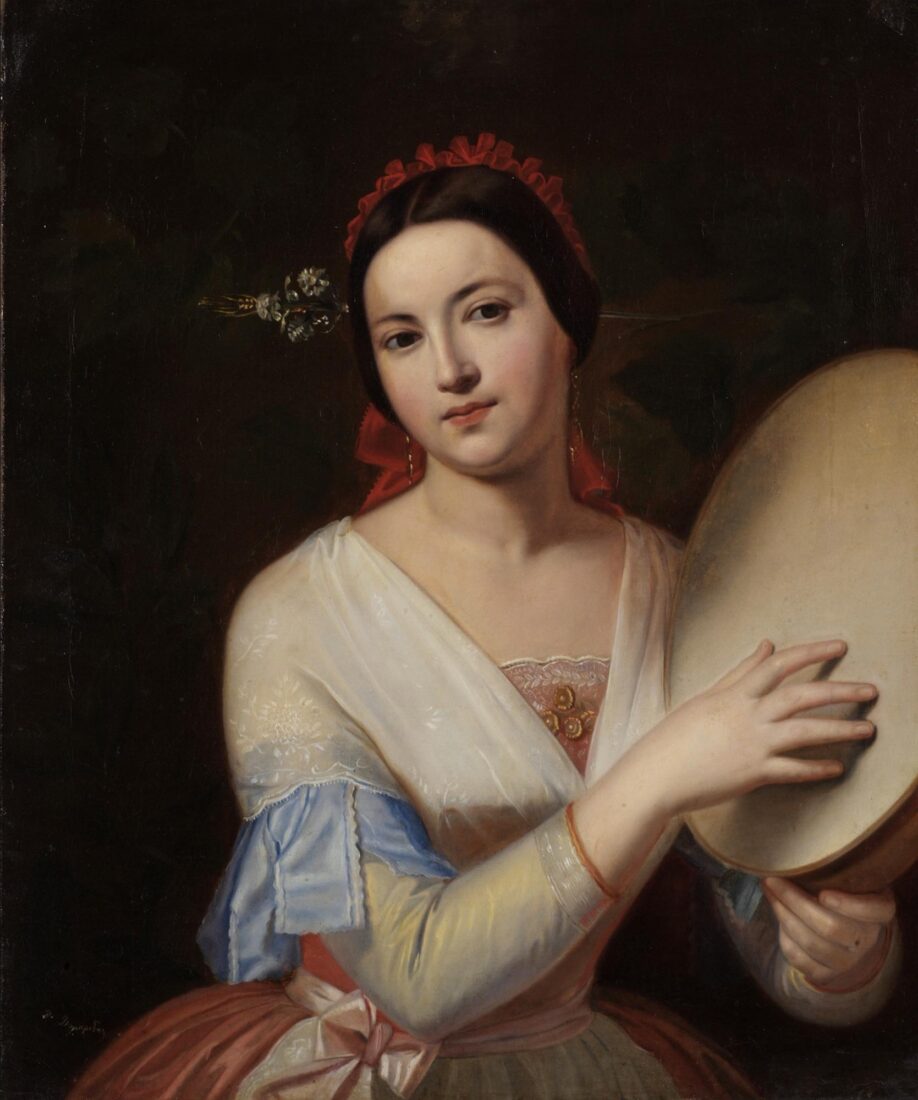
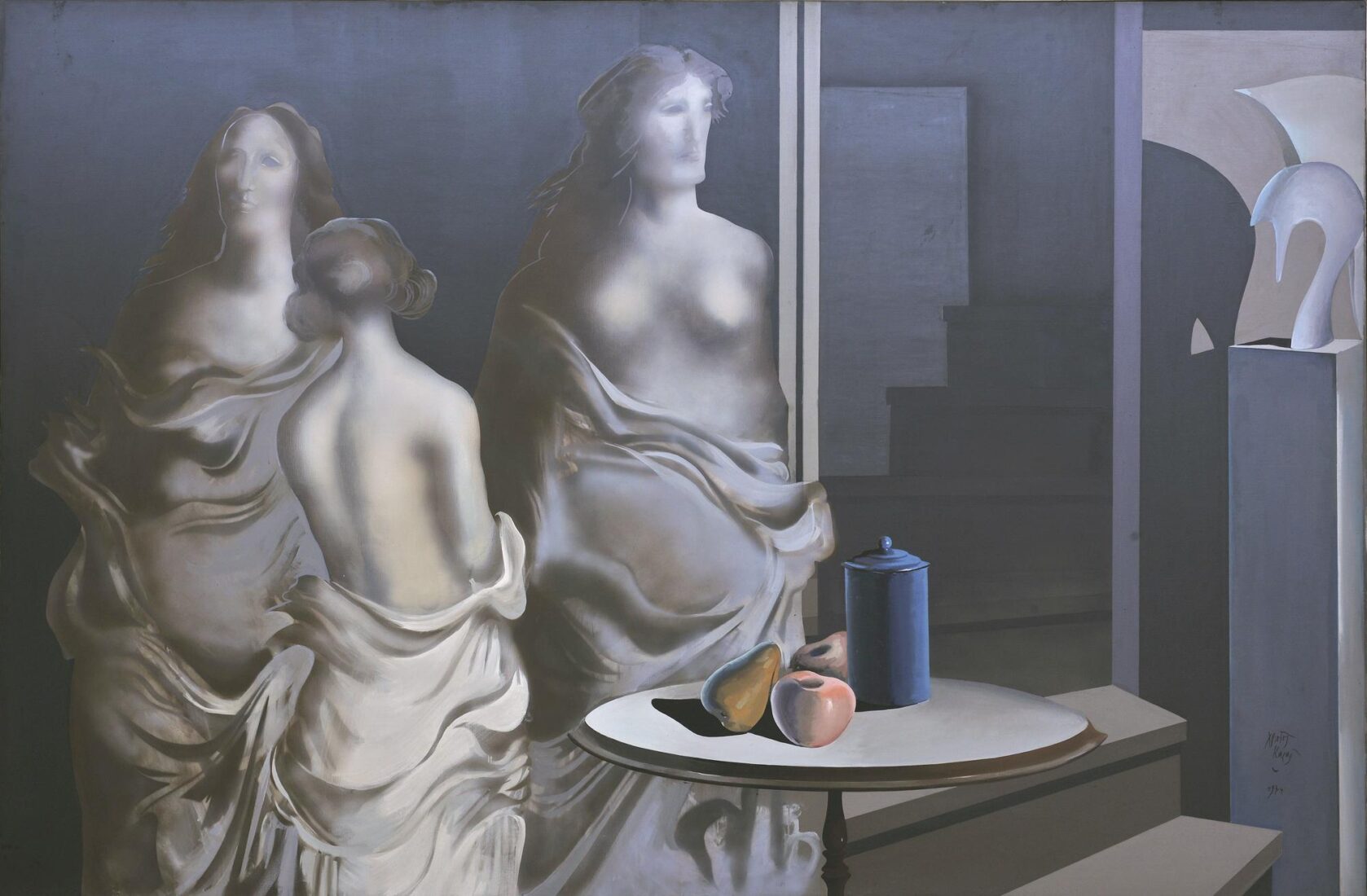
Christos Karas is a member of the dynamic Sixties generation that produced important painters and revitalized easel painting. His painting is anthropocentric. In the 1970s, impressed by Pop Art and American Hyperrealism, Karas invented a personal style in which human figures, flowers, fruits and objects are depicted in a manner influenced by graphic arts. In The Three Graces, the semi-nude female figures covered by billowing white mantles, atmospherically drawn with skillful chiaroscuro, stand out like spectral presences against a dark ground. In the foreground, a still life with fruit is depicted in the same manner. Through a half-open door we can make out an ancient-style white helmet placed on a tall rectangular plinth, which casts its dark shadow on the wall. With its spectral female figures and heteroclectic objects, the picture has an enigmatic and magical atmosphere. The composition, with its vertical elements that bisect the space according to the golden mean, is well-balanced. Except for the color in the still life, the painting is virtually monochromatic.
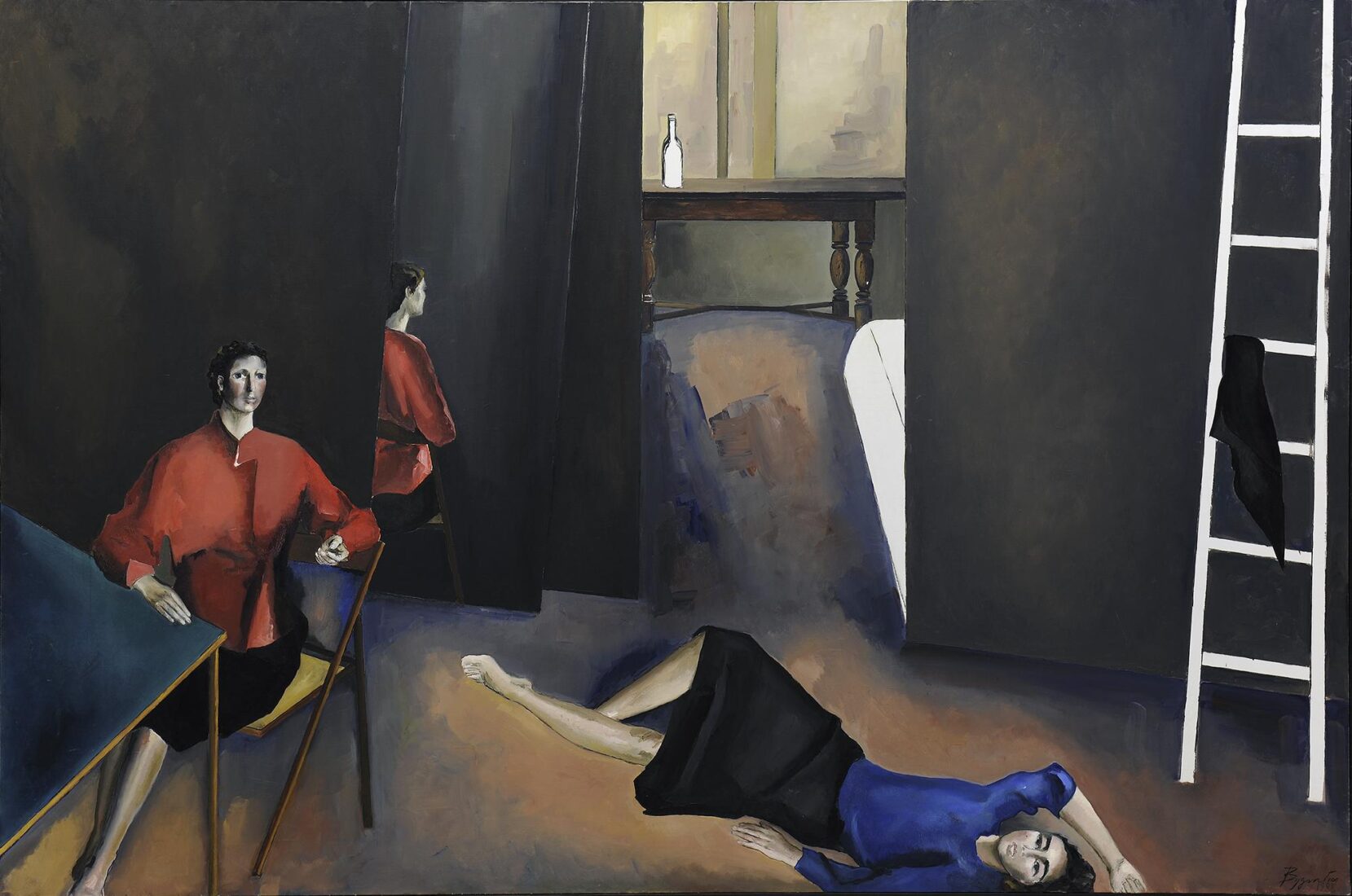
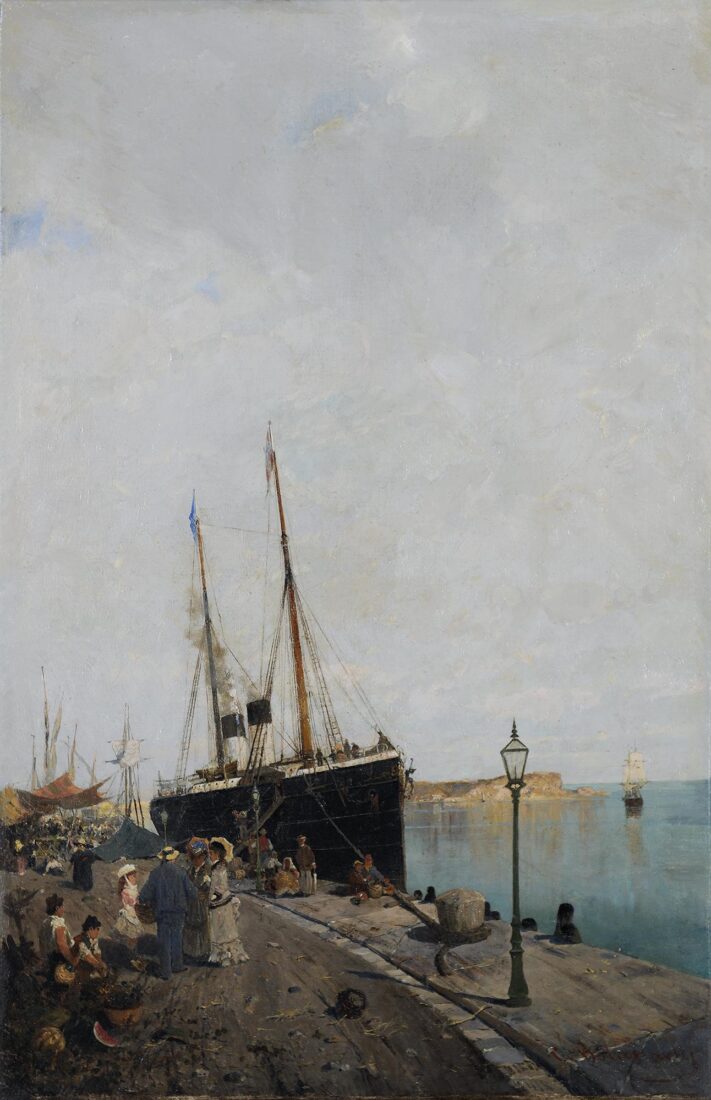
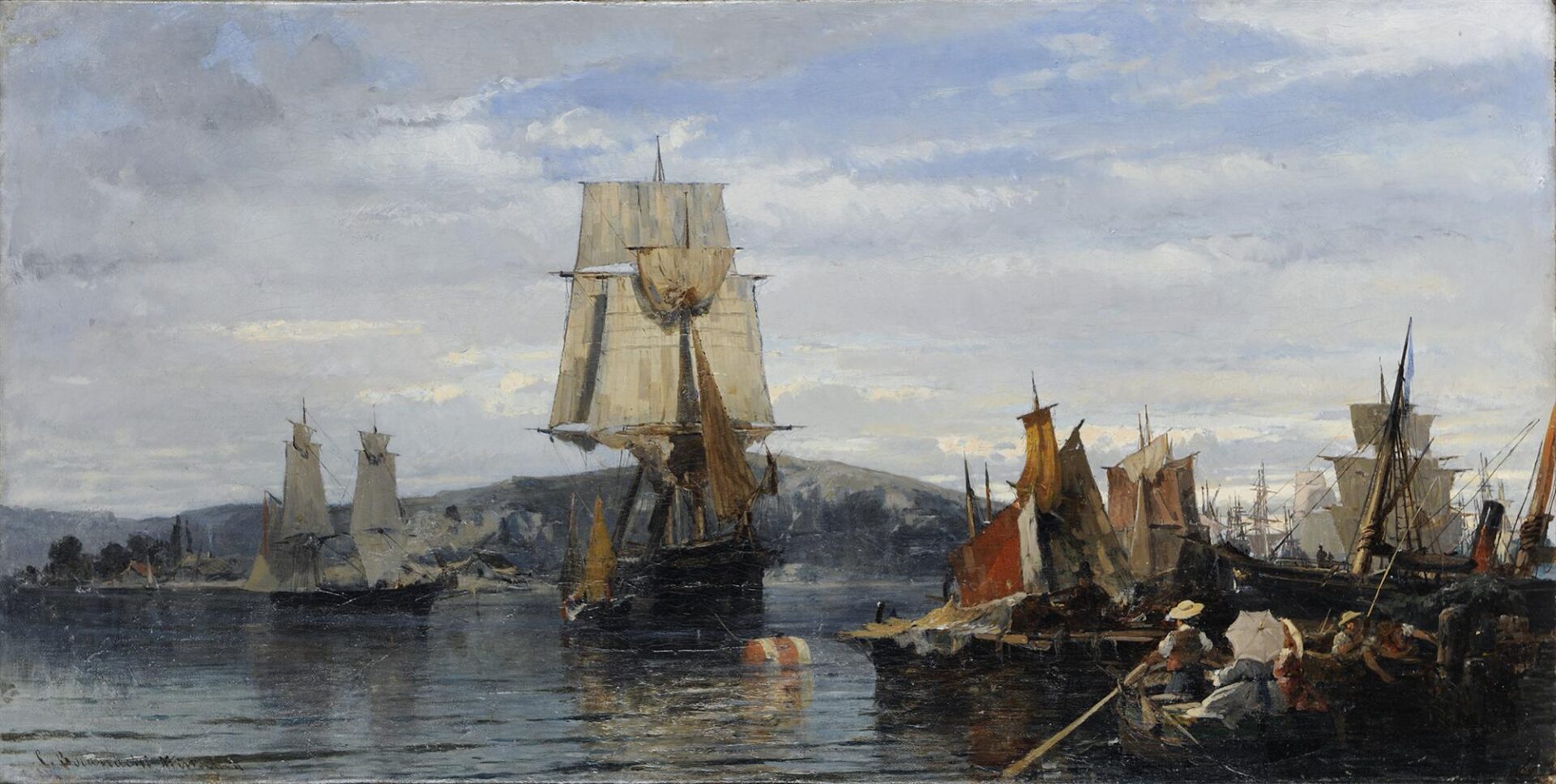
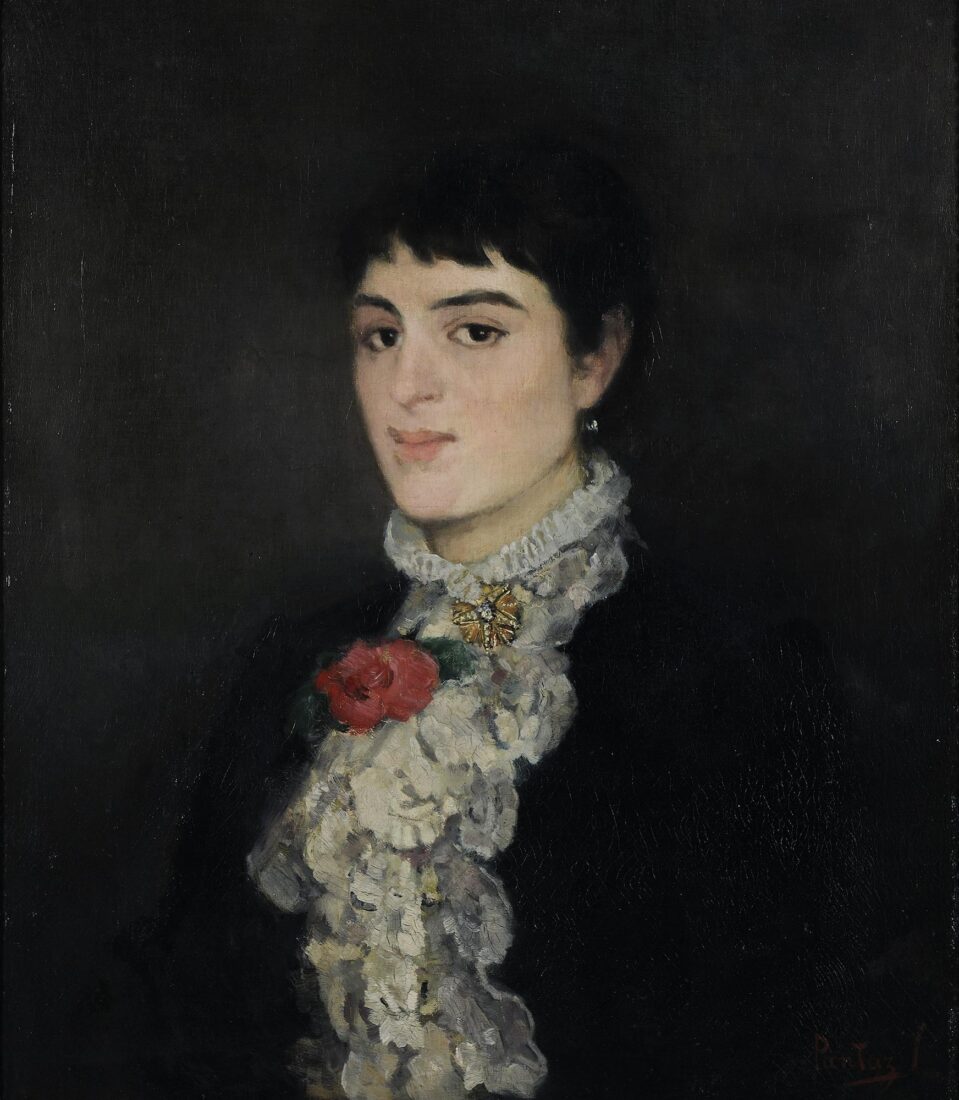
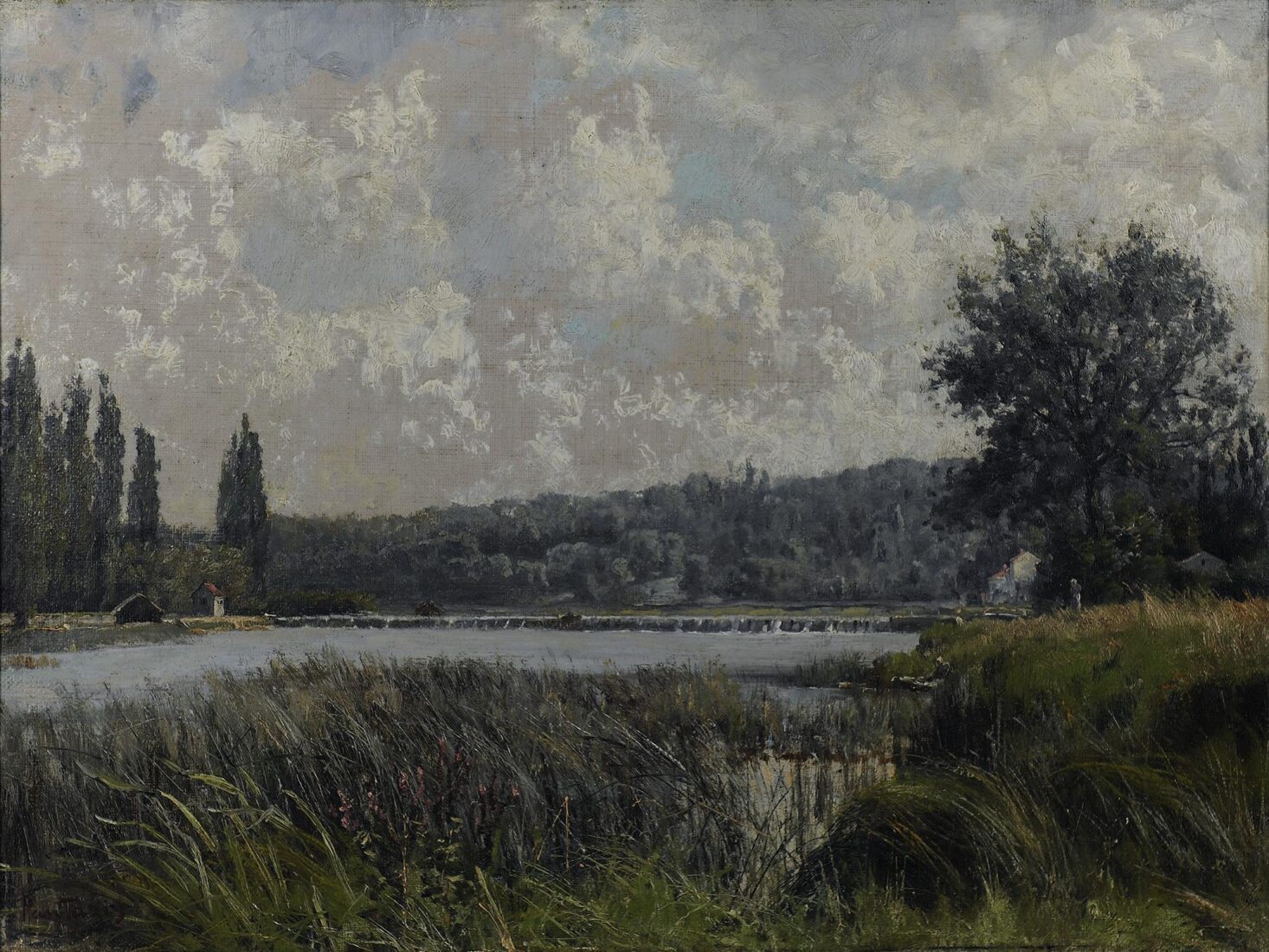
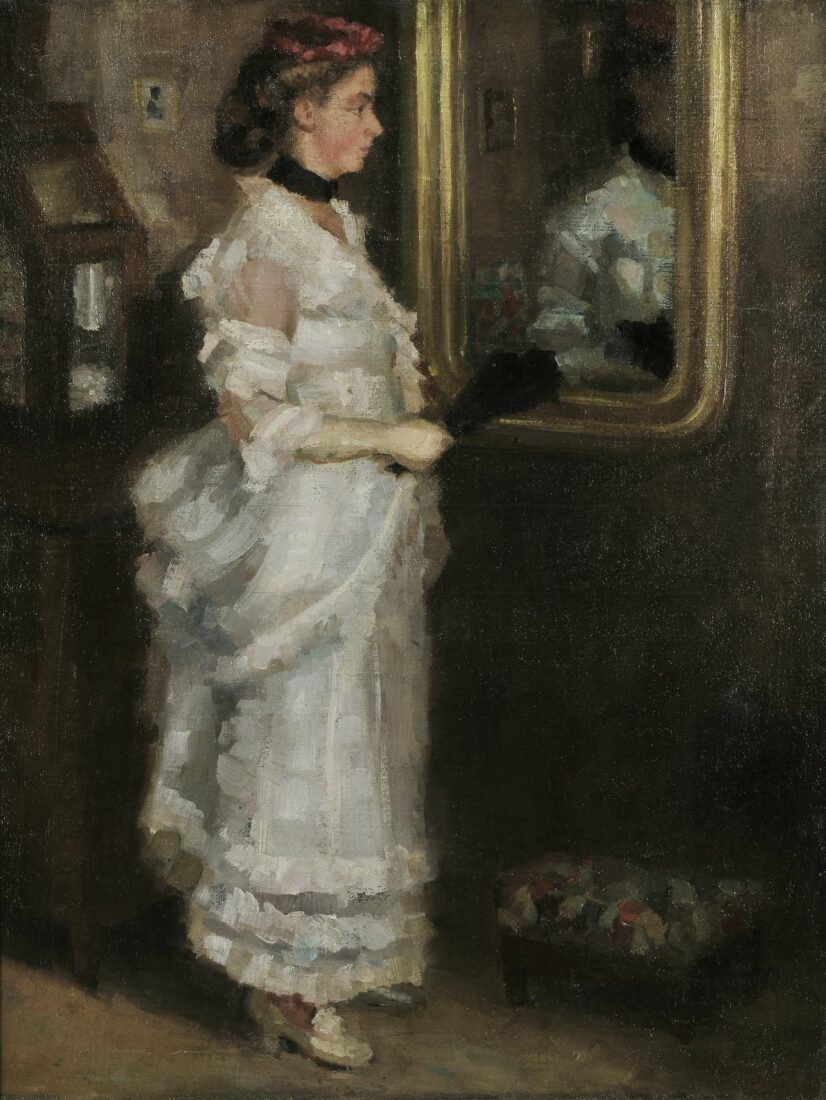
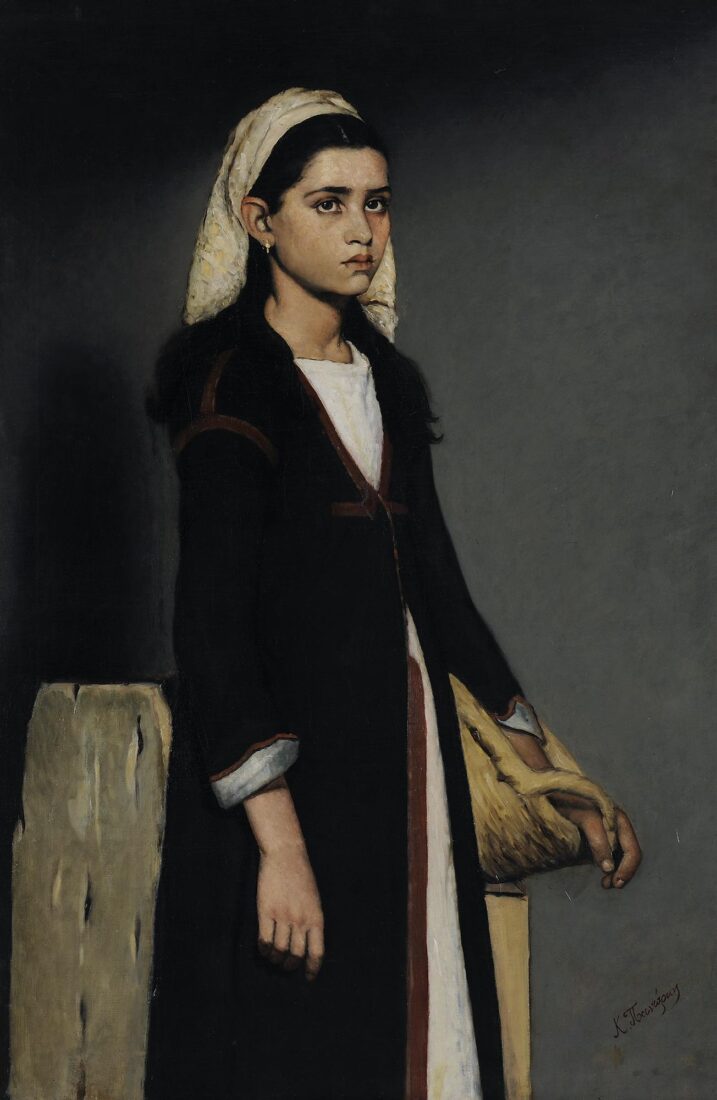
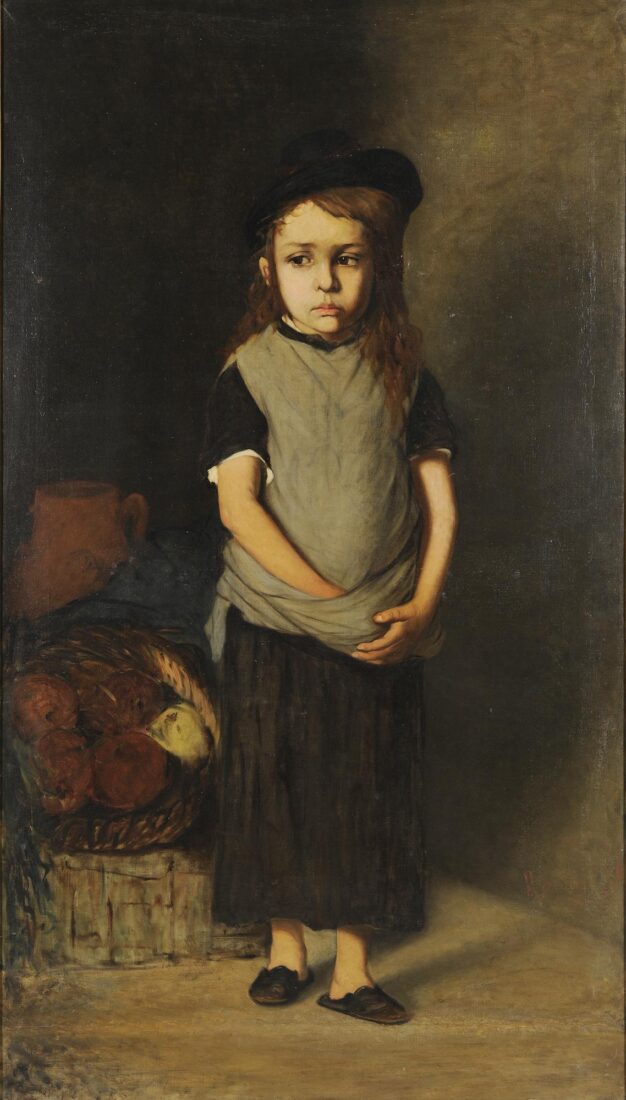
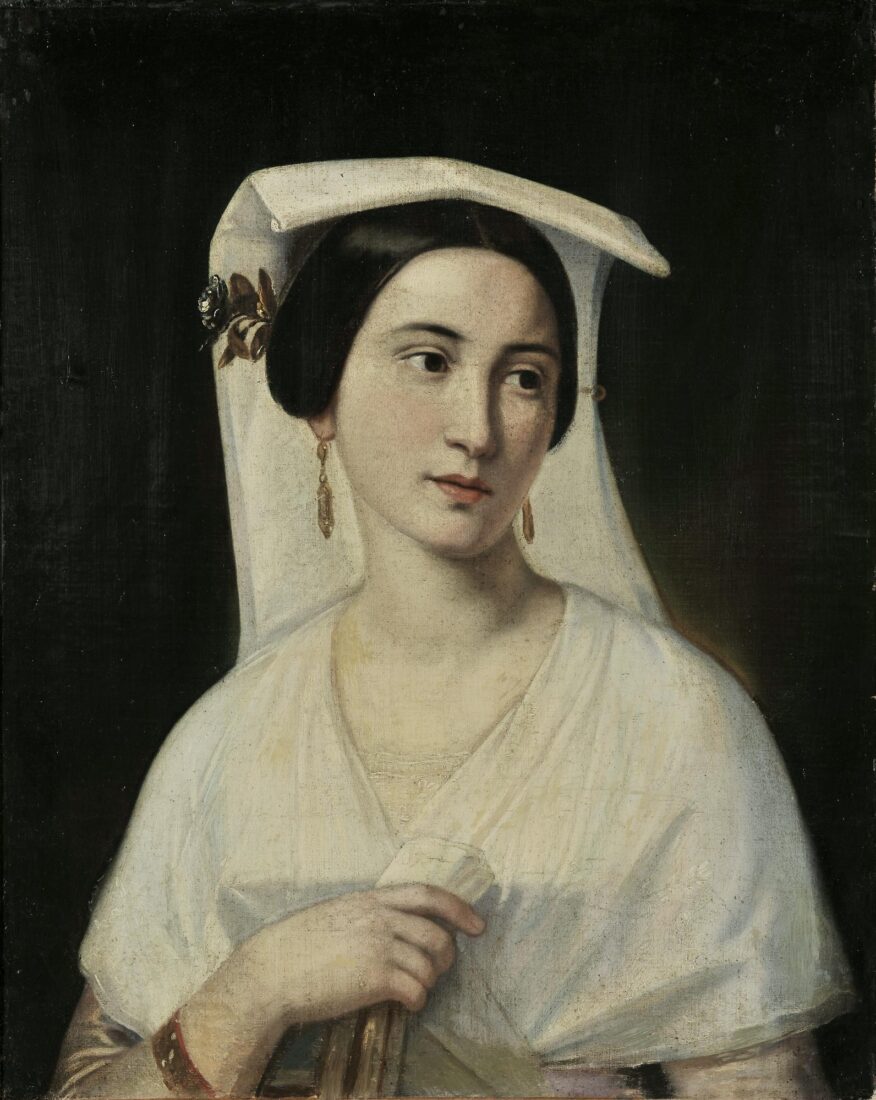
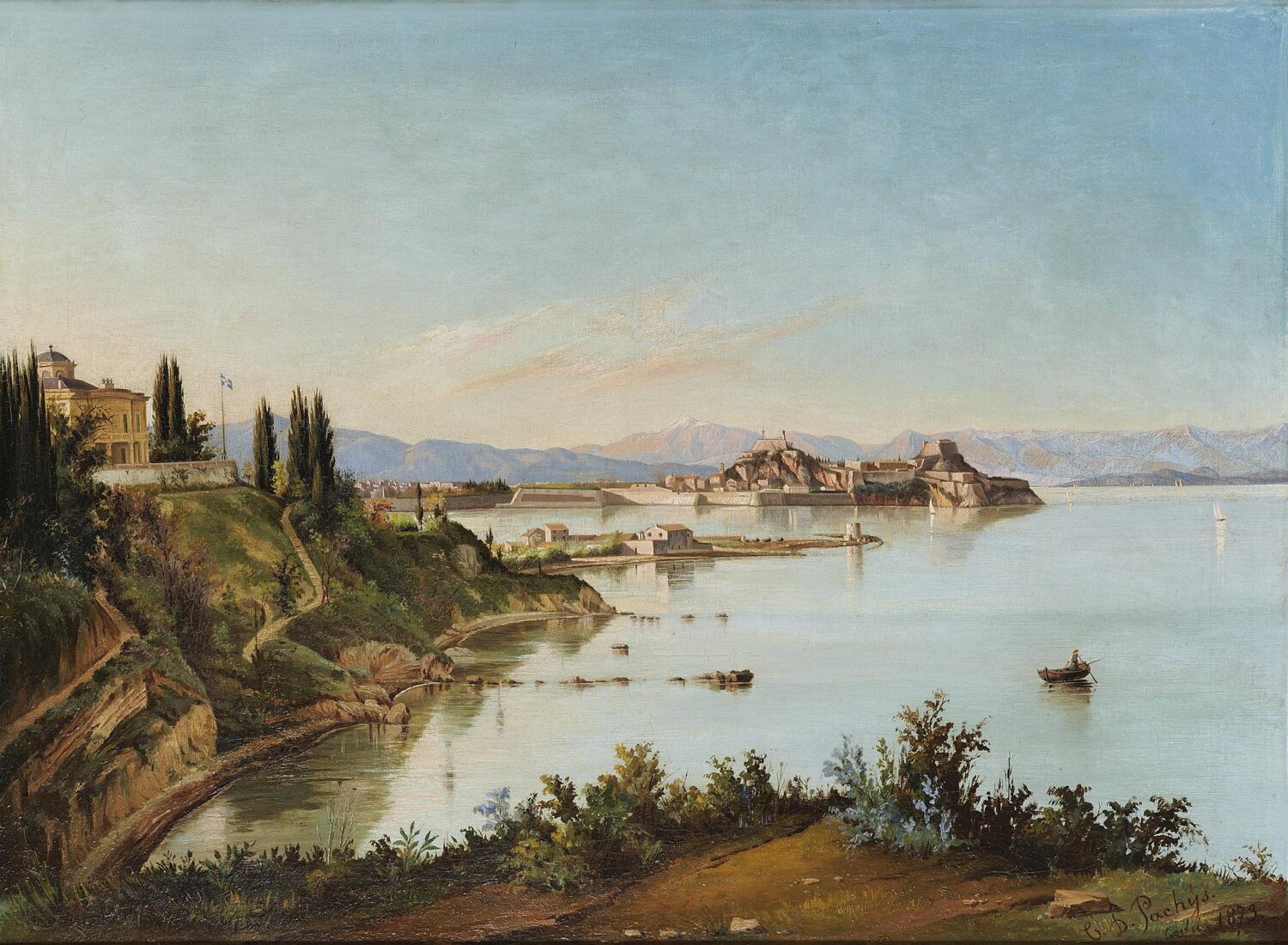
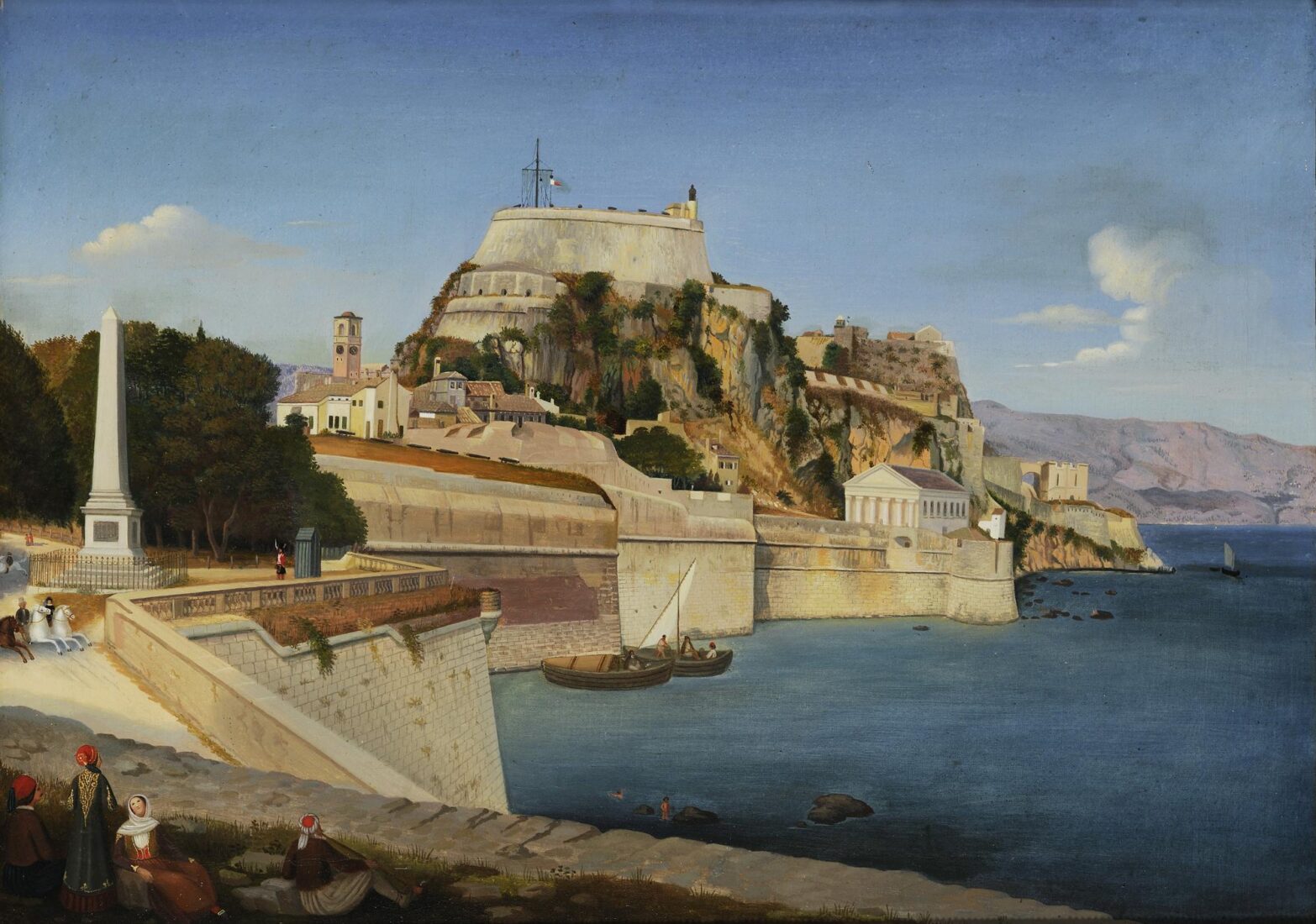
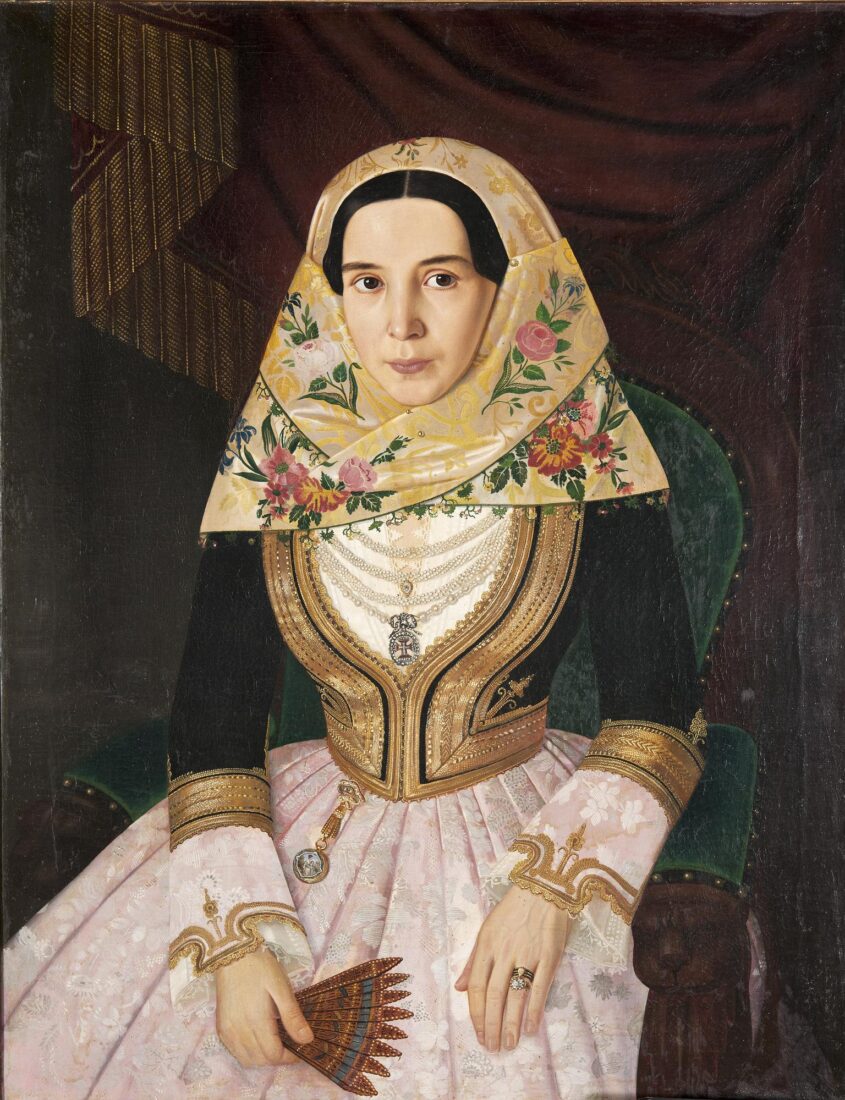
A Tyrolean painter working in Greece, Francesco Pige left us the most magnificent gallery of the Greek society in the early years of Independence. The frontal or three-quarter figures are portrayed looking towards the viewer, clad in traditional ethnic costumes and surrounded by elements either decorative or emblematic of their professions and social positions.
Kyriakoula Voulgari was the wife of Antonios Kriezis, who rose to political offices of the highest rank. She was member of Queen Amalia’s entourage. One of her jewels, carrying the royal emblems, reminds us of the fact.
Pige’s style is distinguished by his accurate depiction of faces and hands. An accuracy and clarity reminiscent of 15th century Flemish portraits, or those of the great French neoclassical painter Ingres. In capturing decorative details, though, such as embroidery, jewellery, in all their detail, Pige reminds us of naive, non-academic painters. He often forgets volume and perspective. Note how the flowers on Kyriakoula Voulgari’s scarf are rendered.
Another of Pige’s characteristic traits is that he does not use the brown colour, contrary to academic painters. To this he owes his clear and lucid colours.
